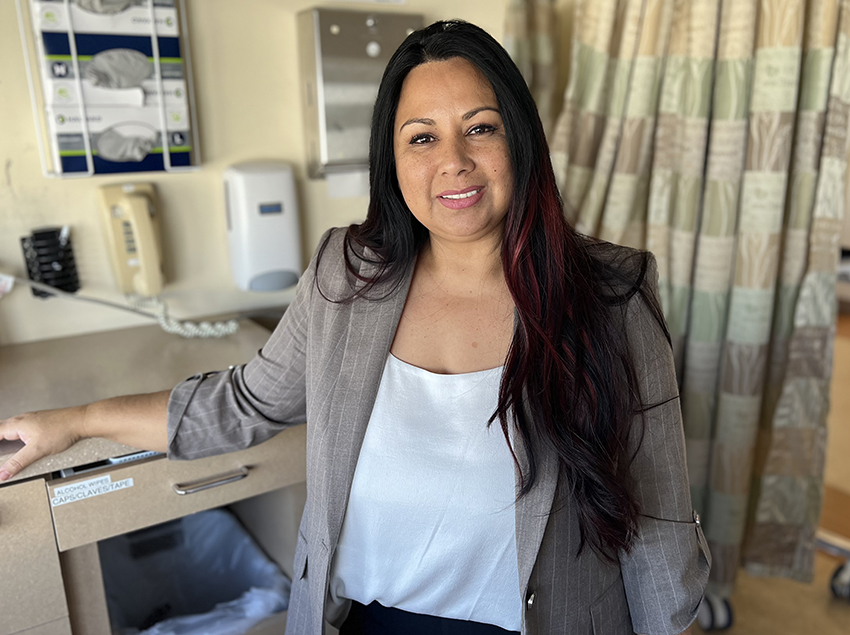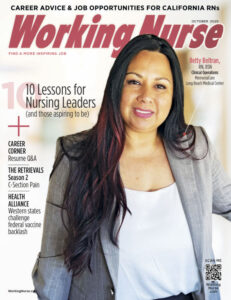Nursing Book Club
Sometimes People Die: A Novel by Simon Stephenson
A dark and mordant psychological thriller

This mordant psychological thriller follows a young Scottish physician, recovering from opioid abuse, who discovers that there may be a serial killer loose in his new hospital.
If a nurse or physician loses their license due to substance abuse, most licensing boards have strict guidelines for returning to work. The unnamed narrator of Sometimes People Die is navigating that process after a period of rehab and counseling for opioid addiction. He’s just moved to London to start a provisional position on a geriatric unit in one of the few institutions that will take him on.
St. Luke’s is a large underfunded and understaffed hospital, originally built as an 18th-century lunatic asylum. (The real St. Luke’s closed in 2010, but the novel is set in 1999.)
A Motley Medical Team
The narrator joins an assortment of physicians who work at St. Luke’s for their own reasons. None of them sees their career on an upward trend — there’s an opera singer funding his alternative career, a mom just holding her place in the working world, an immigrant barred from any other kind of specialist practice, and another who has failed his exams.
The star of the group is Amber, a junior M.D. who seems a little too smart to be there and whose ambition is to work in a developing nation with her boyfriend George, an osteopath who is also the narrator’s roommate. There are also student nurses, who we’re told are “efficient and lacking only in confidence.”
Author Simon Stephenson was a physician, which lends an air of credibility to this cynical but amusing portrait of a motley crew that works hard and plays hard.
Mysterious Deaths and an Unknown Killer
Suddenly, patients begin to unexpectedly die. At first, the supervisor dismisses the deaths with a shrug, remarking, “Sometimes people die.” But, when another surgical patient is lost just hours before discharge, the family demands an inquest. Our narrator, with his history of addiction and drug diversion, finds himself under investigation.
The deaths and tragedies continue and the narrator begins to panic. He becomes determined to solve the mystery, even as he comes unraveled from all the fingers being pointed at him.
As he contemplates which of his colleagues may be a killer, he considers the history of real-life serial medical murders and what might drive a healthcare professional to kill.
The novel can’t fully answer that question, of course, but it is a dark, smart, and witty work of fiction by a talented author.
CHRISTINE CONTILLO, RN, BSN, PHN, is a public health nurse with more than 40 years of experience, ranging from infants to geriatrics.






